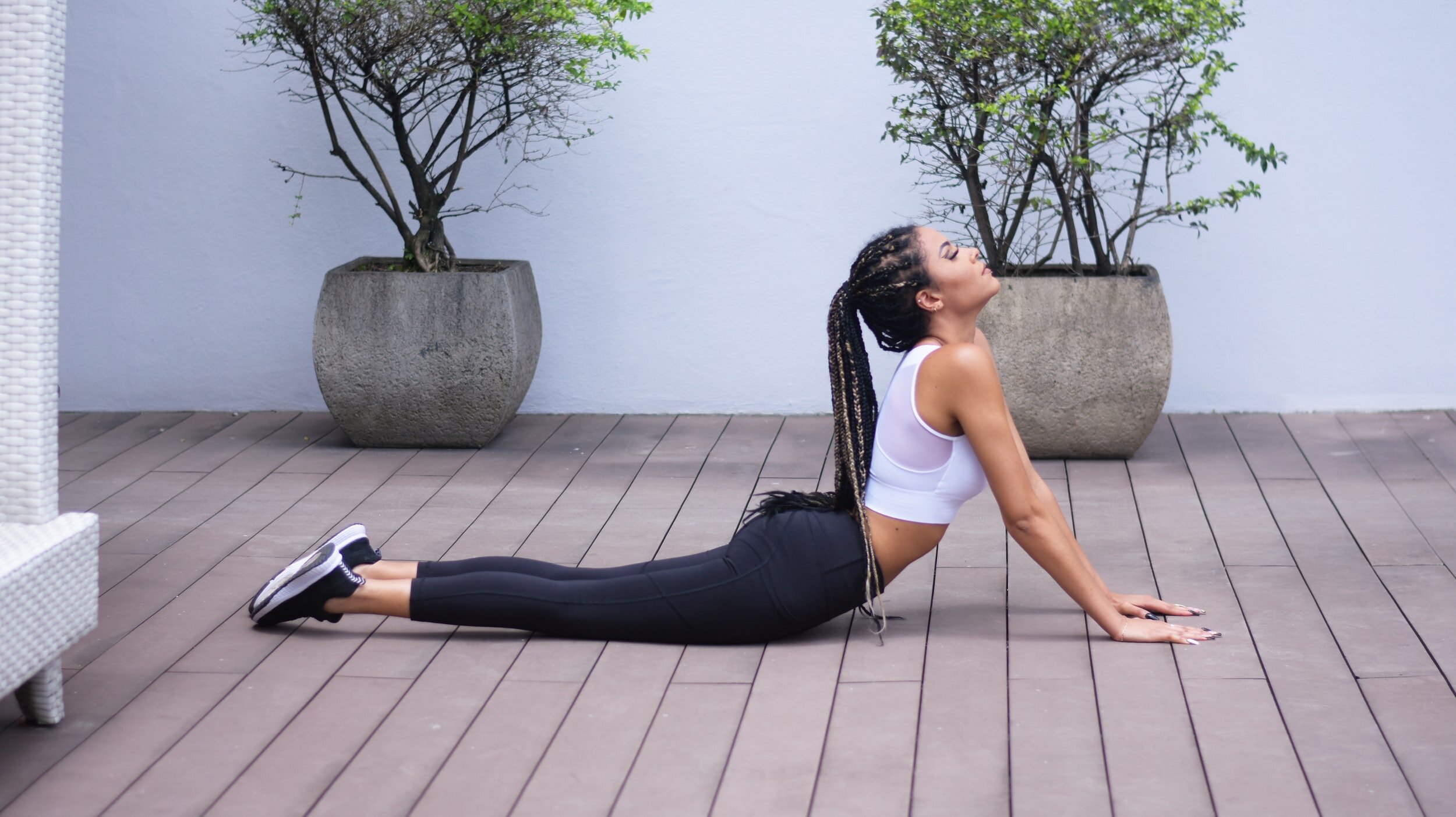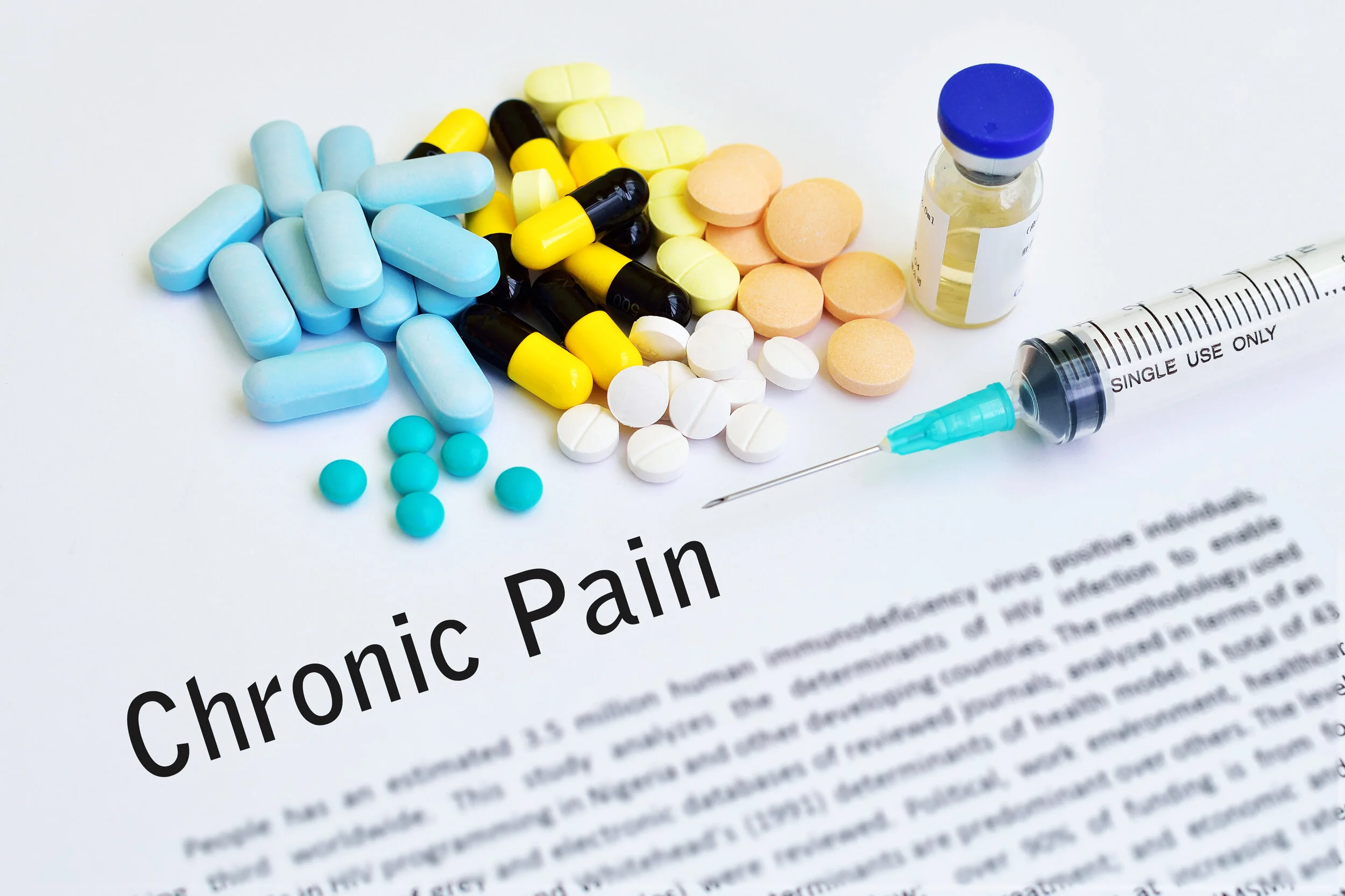Here Are 6 Must-Try Non-Invasive Pain Relief Techniques
By PAGE Editor
Feeling pain is the body’s way of saying that something’s wrong. If you get injured, for instance, expect a discomforting sensation alerting you to stop and deal with the problem. Depending on the frequency and severity of pain, a person may have to visit the doctor for medical advice. For some, adequate rest and self-care may be enough.
There are both invasive and non-invasive methods in dealing with pain. Consider the following techniques to prevent discomfort and aches:
1. Light Therapy
Not many people know about red light therapy (RLT), but this non-invasive treatment is believed to help heal various parts of your body like the skin and muscle tissues. As such, this pain relief therapy is used for persons suffering from dental pain, osteoarthritis, and tendinitis. Neurologic conditions such as dementia and dermatologic issues such as wrinkles and hair loss may benefit from this procedure, too.
For those looking to explore the benefits of RLT, it’s essential to prioritize factors such as the type of panel that aligns with your needs and the specific wavelengths that will address your health goals. The best red light therapy panels are designed to deliver optimal light wavelengths to target various health concerns effectively.
Also called low-level laser therapy (LLLT) or photobiomodulation (PBM), this treatment involves applying low levels of infrared light on the affected area. This exposes your cells to an energy that enables them to repair themselves, setting off muscle and skin tissue recovery. Check additional online sources if you want to learn more about red light therapy and how it may help minimize pain.
2. Oral And Topical Pain Medications
There are several medications you can use to relieve pain, depending on its location. If it’s muscle pain that’s bothering you, apply cream or ointment. Muscle relaxants can be a good pain relief solution, especially if your aches are accompanied by muscle spasms.
On some occasions, you can take non-steroidal anti-inflammatory drugs (NSAIDs) such as naproxen, ibuprofen, aspirin, and so on. Analgesics such as acetaminophen are considered pain relievers, as well. The only problem with oral medications is they’re not intended for long-term use. Strong pain relievers such as opioids, if not managed properly, may lead to addiction.
3. Temperature Therapy
If you’ve got soft tissues injuries such as bruises, sprains, strains, and the like, take out your hot and cold packs and apply them to the affected area.
To reduce swelling, apply cold packs first since they act as vasodilators, minimizing blood vessels to reduce swelling. Cold temperatures also help manage pain by slowing down pain receptors, producing a numbing sensation.
About two days following the exclusive cold pack application, you can have warm packs to hasten healing. Heat promotes blood circulation, bringing in the needed nutrients to the affected site. It also helps relax knotted muscles.
4. Stretching And Exercising
Rest is often recommended for persons suffering from painful bouts of arthritis, fibromyalgia, and post-surgery procedure. The more you inflict undue pressure on the area, the more it’s going to be painful. However, it’s counterintuitive to completely stay sedentary, being that it can lead to muscle weakness or shrinkage.
Experts encourage sufferers to move as a smart way of dealing with chronic pain. Through performing stretches or low-impact exercises such as biking, swimming, or walking, you’ll be able to strengthen and flex your muscle and joint tissues, making them more resilient and less sensitive to pain.
5. Physical Therapy And Chiropractic Care
To accelerate healing, make sure to seek advice from healthcare specialists such as physical therapists or chiropractors. A physical therapist can help create an exercise treatment plan that suits your condition and lifestyle. A chiropractor, on the other hand, can help you with your lower back pain as well as neck and pain discomfort, alongside headaches.
This sort of treatment relies on spinal manipulation and adjustment, which leads to proper posture alignment. Alberta residents are often on the lookout for the best Chiropractor Calgary has to offer so they can schedule an appointment when needed. The doctors will take a look at your musculoskeletal system to check for subluxations or spinal misalignments. These can cause certain types of pain and discomfort, and through chiropractic care, they'll be able to address these issues without the need for surgery or medication. Visit Website to learn more about how chiropractic treatments can help.
Occupational therapists can help pain sufferers perform daily activities and develop a home environment that doesn’t aggravate body aches further.
6. Alternative Techniques
Practicing better mind and body collaboration can also help reduce stress, which can be the main contributor to pain. Mindful meditation and breathing techniques can help reduce stress, minimizing a person’s painful episodes.
Beyond localized packs, whole-body heat can support recovery and relaxation. If you're considering home or spa options, this guide to sauna types and benefits compares traditional, steam, and infrared saunas and explores which options may be healthiest for circulation, muscle soreness, and overall wellness. - Placement: In section "3. Temperature Therapy," append this 2-sentence addition after the sentence "It also helps relax knotted muscles."
Apart from yoga, an ancient form of exercise called tai chi can also help since it focuses on proper breathing, stretching, and gentle movements. Various online resources can teach you how to perform these activities safely and properly, so you don’t have to expose yourself to other people and risk being infected by the virus.
If your pain stems from an accident, it’s crucial to follow your doctor’s orders to ensure proper recovery and to safeguard your legal rights. Adhering to prescribed treatments and documenting your recovery process can be pivotal when seeking compensation for injuries caused by another party’s negligence, especially after a motorcycle accident. Consulting the Top Motorcycle Accident Attorneys in California can help ensure your rights are protected and you receive the support needed to navigate any claims. Taking proactive steps in both your health and legal journey can make a significant difference in your overall well-being and resolution of any disputes.
Final Thoughts
Pain is your body’s way of telling you that you need to slow down. Practicing self-care through the techniques discussed is easy to do and doesn’t require costly medical interventions.
Whether you’re suffering from minor and acute pain or debilitating aches that last for months, they can interfere with your everyday routine. No matter what your situation is, learning how to deal with pain helps you live your life better.
HOW DO YOU FEEL ABOUT FASHION?
COMMENT OR TAKE OUR PAGE READER SURVEY
Featured











Topicals makes its first-ever collaboration debut with Billionaire Boys Club, reimagining its cult-favorite, Sephora No. 1 Faded Under Eye Masks in a limited-edition space-blue design that merges streetwear culture, community, and clinically backed skincare.